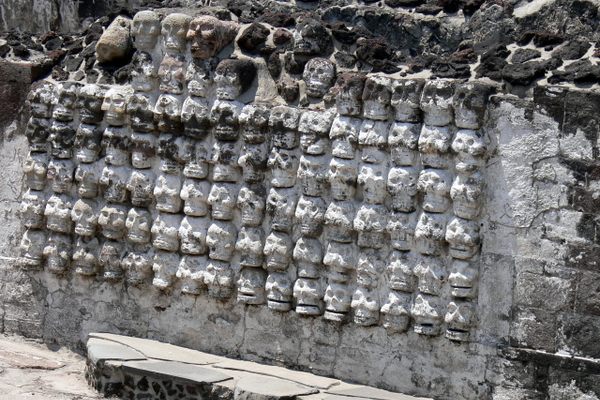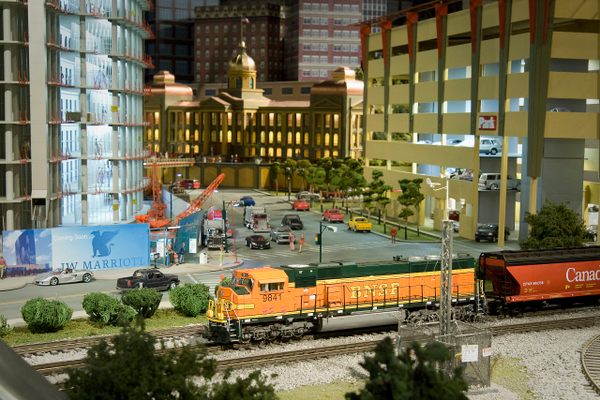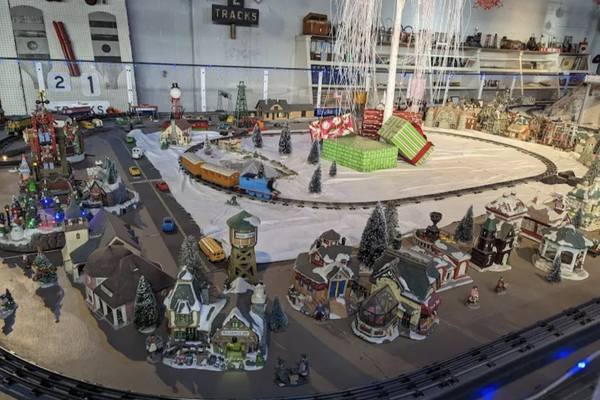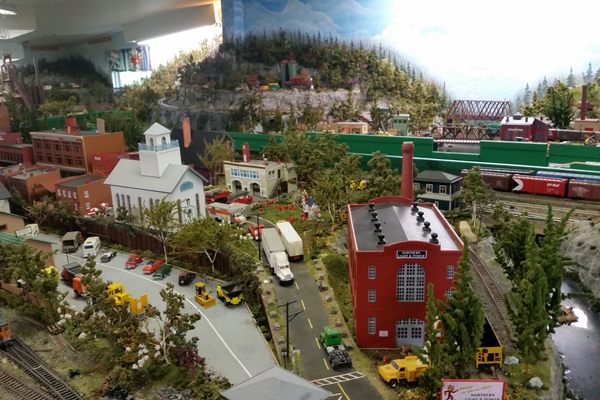Zócalo Metro Models
These subterranean models show Mexico City's central square during three different eras.
The 1969 construction of Mexico City’s subway was an ambitious urban project. As part of the project, the National Institute of Anthropology and History donated three models that were placed in the Zócalo subway station, showing the capital’s central square during three different eras, specifically the years 1521, 1824, and 1900.
The models sat below ground for decades, growing dusty. As the years went on and new archaeological studies were made within the city, it became clear that these models weren’t quite accurate. So, in 2018, the three models were updated to better reflect Mexico City’s history.
The 1521 model shows the city of Mexico-Tenochtitlán a few months before the conquest of Mexico. It was updated to reflect the discovery of the Templo Mayor and that the area was already paved. It also now shows a sacred tree that was discovered in 2012, and depicts the pyramids as they would have been decorated.
The model depicting 1824 shows the Plaza Mayor three years after the end of the Mexican War of Independence. The artwork shows the old El Parián market, the El Volador market, the equestrian statue of Charles IV of Spain, and the National Palace, which only had two floors at that time. The flag Mexico used at that time flies from the roofs of houses, and the streets are dotted with tiny cats and people shopping at the markets.
The one of 1900 shows Victorian-era Mexico City. At the center of the model, there’s a public park fringed by tram stations, as well as a formal market. The buildings of the town hall had not yet been built.
The history lesson does not end with the model. Unlike in other stations, instead of advertising posters, the Zócalo subway station displays giant photos of the area as they appeared on different postcards from the 20th century. There was also a plaque on one side of the subway that recalled the station’s inauguration on September 13, 1970, by President Gustavo Díaz Ordaz. However, that plaque was removed in October 2018 because it was intended to take away the merits of the president who had ordered the massacre of students in the Plaza de Tlatelolco in 1968.
























Follow us on Twitter to get the latest on the world's hidden wonders.
Like us on Facebook to get the latest on the world's hidden wonders.
Follow us on Twitter Like us on Facebook